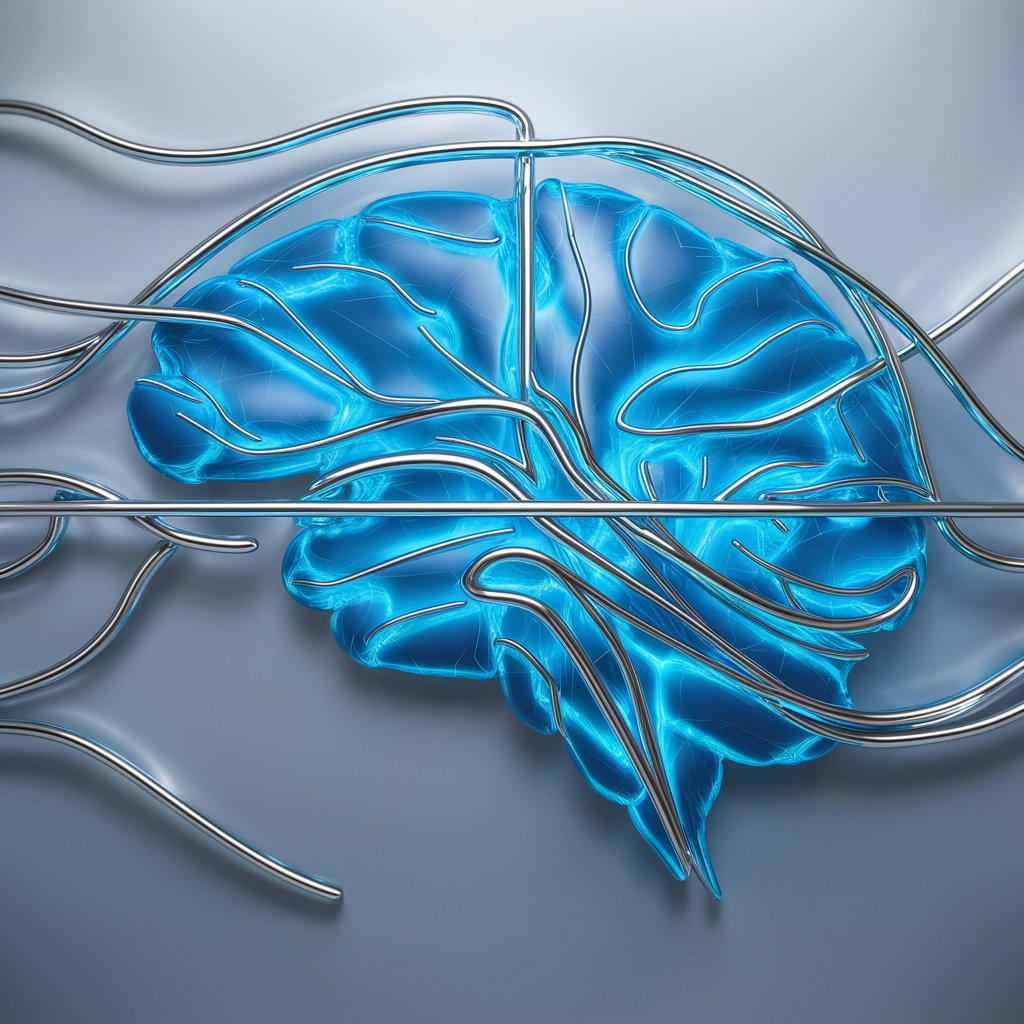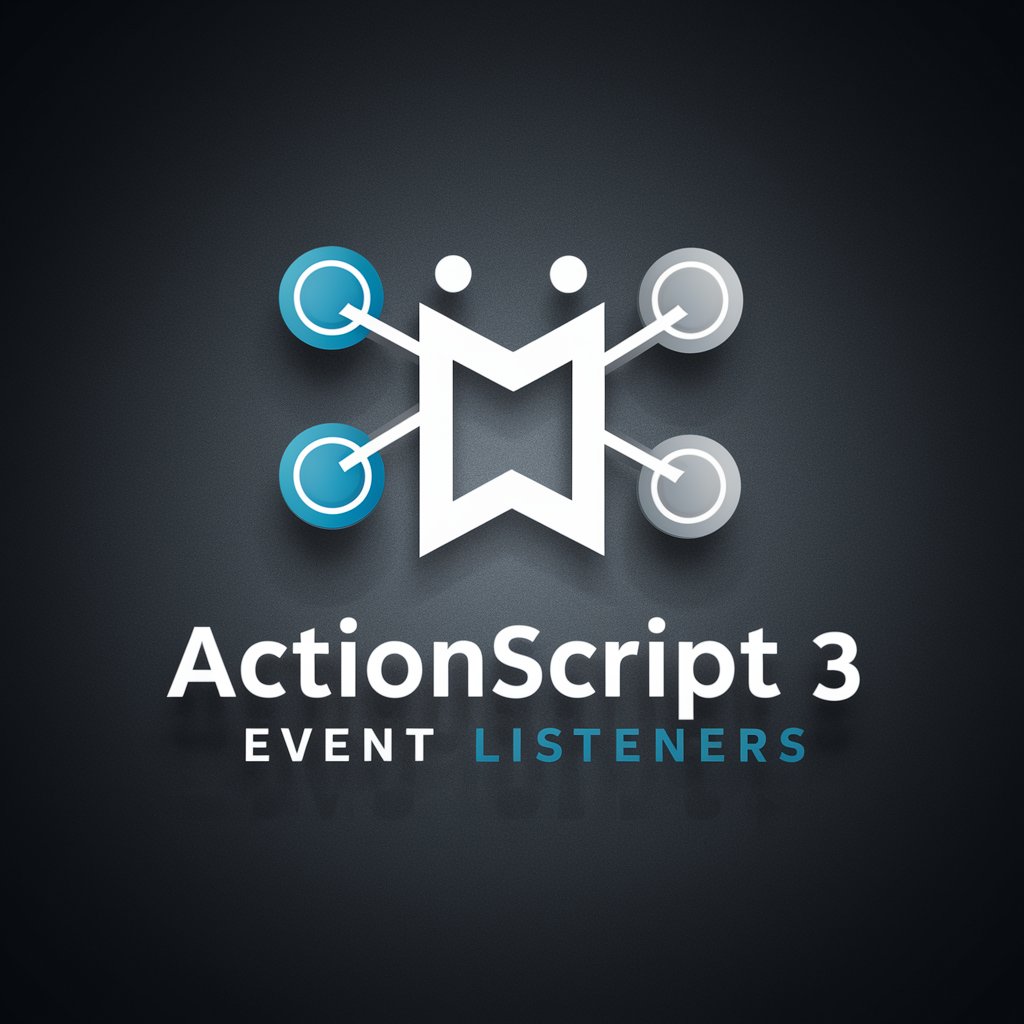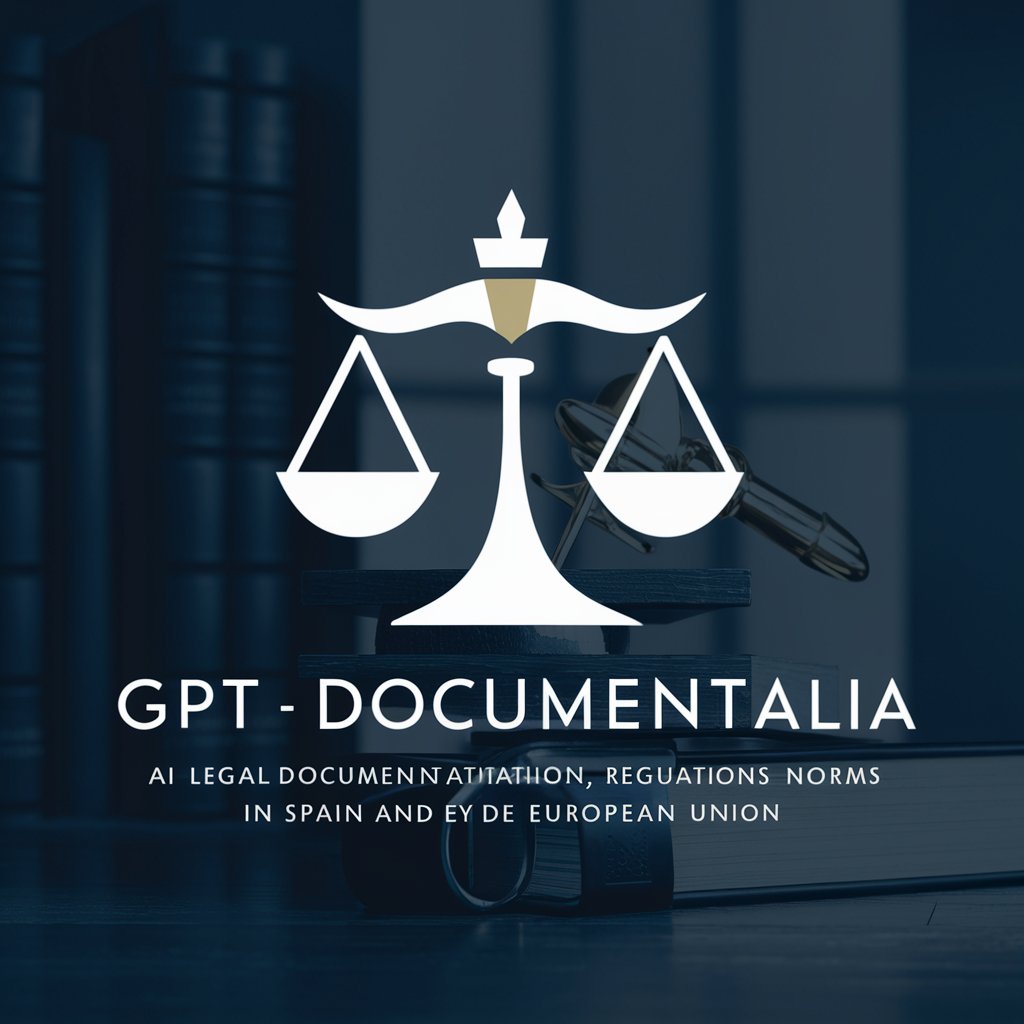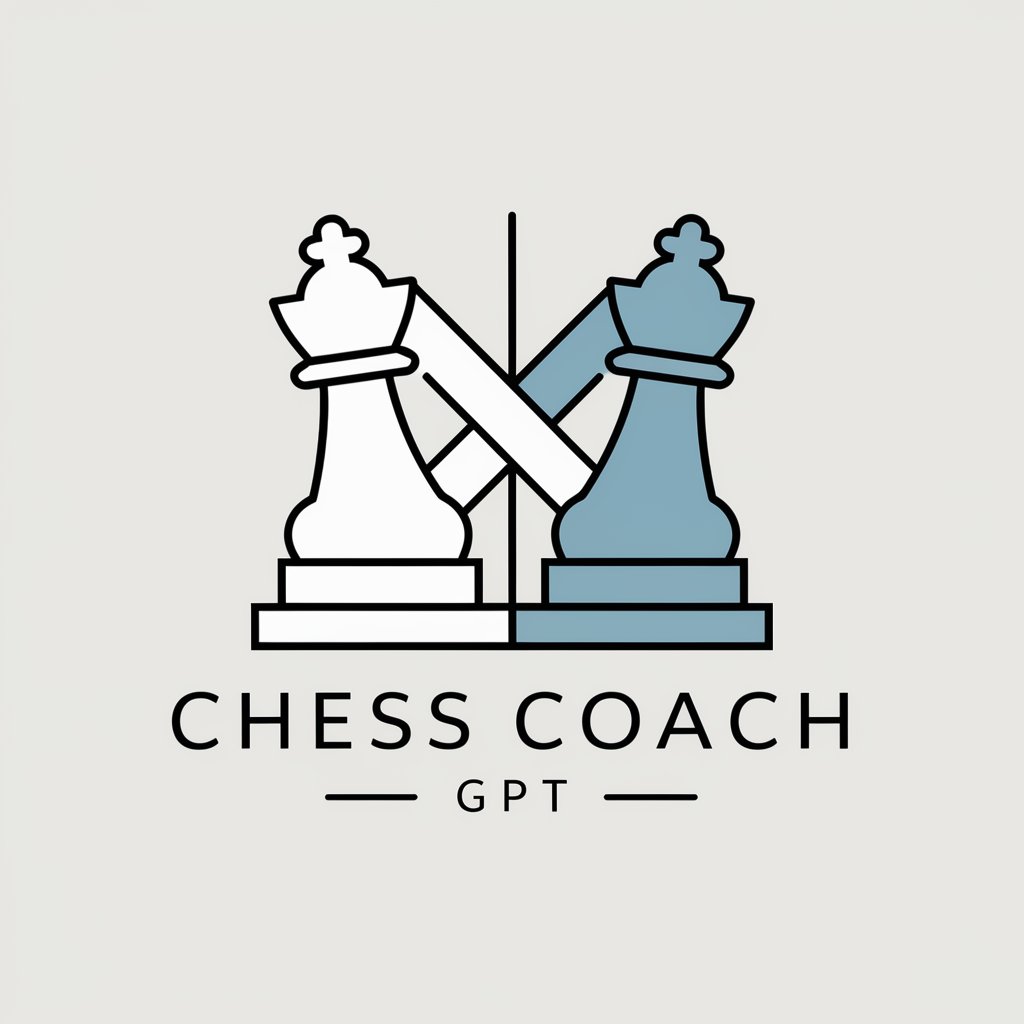magneto-encephalography - Real-time Brain Activity Insights

Welcome! Let's explore brain activity and AI together.
Deciphering Brain Waves into Speech
Describe how magneto-encephalography captures brain activity...
Explain the process of interpreting brain activity into speech...
What are the advantages of using AI in brain activity analysis...
How does magneto-encephalography work in real-time applications...
Get Embed Code
Introduction to Magnetoencephalography
Magnetoencephalography (MEG) is a non-invasive neuroimaging technique for mapping brain activity by recording magnetic fields produced by electrical currents naturally occurring in the brain. Utilizing highly sensitive devices called SQUIDs (Superconducting Quantum Interference Devices), MEG captures the magnetic signals emanating from neuronal activity. This technique provides a direct measure of brain activity with high temporal resolution, meaning it can track changes in brain activity on the order of milliseconds. Unlike other imaging techniques that measure secondary responses to brain activity, such as changes in blood flow, MEG offers a more direct window into the ongoing neuronal processes. An example scenario illustrating its utility is in pre-surgical mapping for epilepsy treatment, where precise localization of epileptogenic zones can guide surgical interventions with minimal impact on healthy brain functions. Powered by ChatGPT-4o。

Main Functions of Magnetoencephalography
Functional Brain Mapping
Example
Determining the specific regions of the brain responsible for critical functions such as speech, motor control, and sensory processing.
Scenario
Used pre-operatively in patients undergoing brain surgery to ensure critical areas of the brain are avoided, thus preserving essential functions.
Diagnosis and Treatment of Neurological Disorders
Example
Identifying abnormal brain activity in conditions like epilepsy, autism, and schizophrenia.
Scenario
In epilepsy, MEG can localize the epileptogenic zone more accurately than other modalities, aiding in the surgical planning to remove seizure foci.
Research in Cognitive Neuroscience
Example
Studying brain responses to various stimuli (visual, auditory, tactile) to understand the neural basis of perception, memory, and emotion.
Scenario
Researchers use MEG to observe how different parts of the brain react to specific stimuli, enhancing our understanding of brain functions and disorders.
Ideal Users of Magnetoencephalography Services
Healthcare Professionals
Neurologists, neurosurgeons, and psychiatrists utilize MEG for diagnosing and treating neurological conditions, planning surgical interventions, and assessing treatment outcomes.
Researchers and Academics
Scientists and students in neuroscience, cognitive science, and psychology use MEG for experimental research to explore the workings of the human brain, from basic brain functions to complex cognitive processes.
Clinical Trial Sponsors
Pharmaceutical companies and medical device manufacturers sponsor clinical trials that employ MEG to assess the efficacy of interventions targeting brain functions, such as drug therapies and neuromodulation devices.

Guidelines for Using Magneto-encephalography
Start Your Journey
Begin by exploring magneto-encephalography at yeschat.ai, offering a free trial with no login or ChatGPT Plus requirement.
Prepare Your Environment
Ensure a quiet, controlled setting to minimize external magnetic interference, enhancing the accuracy of brain activity recordings.
Wear the Device Properly
Position the MEG helmet or headgear correctly on your head, ensuring all sensors are in optimal placement for accurate data capture.
Perform Calibration
Follow the system's calibration process to tailor the device's sensitivity to your unique neurological patterns, improving result precision.
Analyze and Interpret
Use the accompanying AI software to analyze the collected data, converting the vast array of brain activity snapshots into understandable speech segments or other outputs.
Try other advanced and practical GPTs
WPFunnels
Automate Your Sales, Elevate Your Profits

🖥️ ActionScript 3 Event Listeners
Empowering interactive applications with AI

Pet Shopping Advisor
Empowering Pet Care Decisions

Eco Sim Advisor
AI-powered ecological gameplay enhancer.

My German Teacher
AI-powered German language mastery.

Health Coach GPT
Tailoring Health with AI

Venture Advisor
Empowering Startups with AI-Driven Advice

Nutrition Santé
Tailored Nutrition Advice at Your Fingertips

GPT - Documentalia
Navigating Legal Complexities with AI

Chess Coach
Master Chess Fundamentals with AI

Hermes Tracker
Your AI-powered Hermes Shopping Assistant

IM - Marcus Aurelius
Harness ancient wisdom for modern challenges.

Magneto-encephalography Q&A
What is magneto-encephalography?
Magneto-encephalography (MEG) is a non-invasive neuroimaging technique that measures the magnetic fields produced by neuronal activity in the brain, offering real-time insights into cognitive processes.
How does MEG differ from EEG?
While both MEG and EEG measure brain activity, MEG records magnetic fields, offering higher spatial resolution and better differentiation of sources within the brain, whereas EEG measures electrical potentials with direct scalp contact.
What are common applications of MEG?
MEG is widely used in neuroscience research, clinical diagnostics, and brain-computer interfaces, particularly for studying cognitive functions, diagnosing neurological disorders, and mapping brain activity prior to surgical interventions.
Can MEG be used for communication?
Yes, MEG can be instrumental in developing communication aids for individuals unable to speak or move, by interpreting brain activity into speech segments or commands for assistive devices.
What are the limitations of MEG?
MEG requires a magnetically shielded room to minimize noise, is relatively costly, and the need for sophisticated software and expertise for data interpretation limits its accessibility.
